- in Mental Health by Tony
Therapy on a budget for generation Z
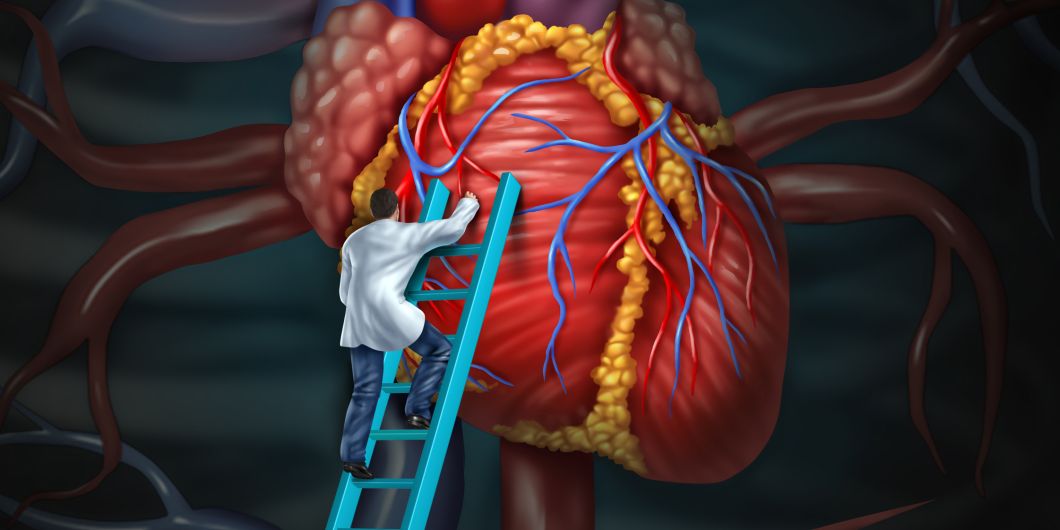
According to the National Institute of Mental Health, in 2020, young adults aged 18 to 24 had the highest prevalence of mental health issues. Though mental health issues are common among Gen Z, individuals born between 1995 and 2010.
They are growing up in an age of increased stress and anxiety. And being called the most depressed generation and are more likely to seek mental health counselling or therapy than their older counterparts.
More...
COVID-19 has significantly impacted on Generation Z. The pandemic has radically changed their educational and social experiences.
The American Psychological Association explains that psychotherapy, also known as talk therapy, will help people of all ages live a happier and healthier life with the assistance of a psychologist.
Talk therapy is the most common type of therapy today for mental health. It has numerous benefits, from helping you break unhealthy habits to pinpointing triggers.
However, everyone has varying needs regarding mental health, and talk therapy isn’t the only outlet for the many different areas of mental health.
Here are seven unique types of therapy that can help you take care of your mental health.
1. ART THERAPY
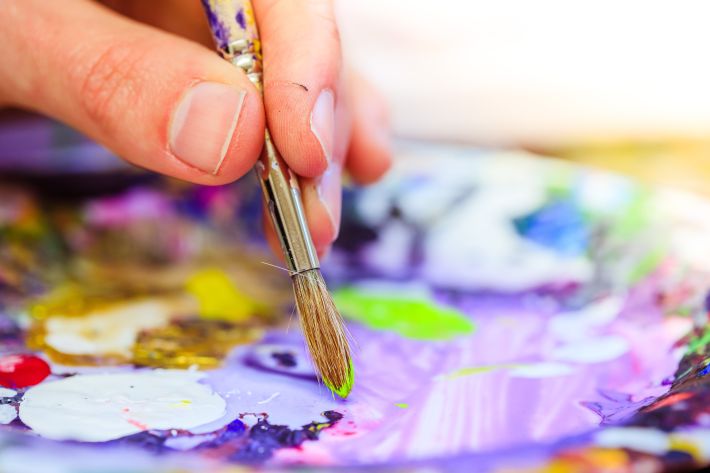
Sometimes words can’t encapsulate what you genuinely feel, but art can.
Art therapy uses creative expression to explore your inner emotions, ultimately fostering healing and increasing self-esteem, self-awareness, and emotional resilience.
Art therapy comes in many forms, but the most common are colouring, collaging, painting, photography, and sculpting.
2. SAND THERAPY

Sand therapy is precisely what it sounds like. Through sand trays, patients create images that reflect their inner emotions.
The presence of sand helps increase patient emotional expression, while also decreasing negative feelings that might arise while discussing traumatic events. Psychotherapists use this technique to assess and treat mental illnesses through a less intimidating space.
Sand therapy can be used in cooperation with talk therapy or art therapy. Sand play Therapists of America can help you find a therapist specialising in this treatment closest to you.
3. GESTALT THERAPY
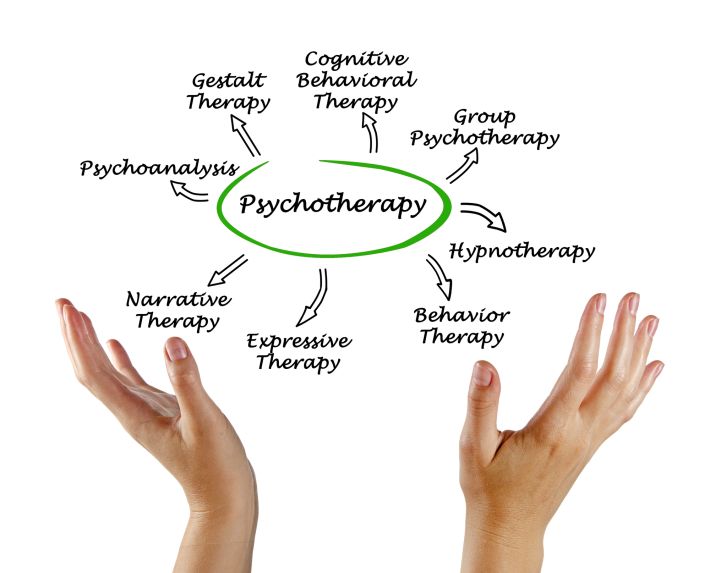
Rather than talking about experiences, gestalt therapy encourages patients to re-enact them. This therapy helps you dive deeper and experience your feelings rather than just talking through them.
After re-enacting, therapists will ask you questions like, “What is going on right now” or “How does this make you feel?”
This therapy helps you become more aware of your senses, accept the consequences of your behaviour, and learn to fulfil your needs while respecting others.
4. DANCE/MOVEMENT THERAPY
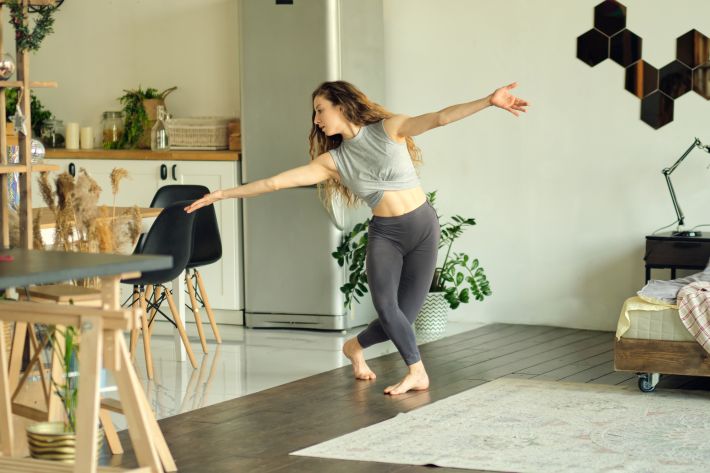
You’re not alone if you need a random dance party to get you through the day — I’m right there with you! You can dance it out in this therapy instead of talking it out.
Dance/movement therapy utilises movement to promote social, emotional, and physical responses to improve health and well-being. It taps into psychological and behavioural issues that speaking can’t address.
Through exploring your mind-body connection, dance/movement therapy can help you overcome depression and anxiety, combat eating disorders, improve body image, and relieve everyday stress.
Techniques of this therapy include:
- Mirroring is the movement of others to develop empathy or to see a reflection of your feelings.
- Using dance to demonstrate a struggle in your life as a way to work through it and celebrate your overcoming it.
- Making a gesture, the therapist told you to do, so you can observe it mindfully and become more aware of your body.
5. LIGHT THERAPY
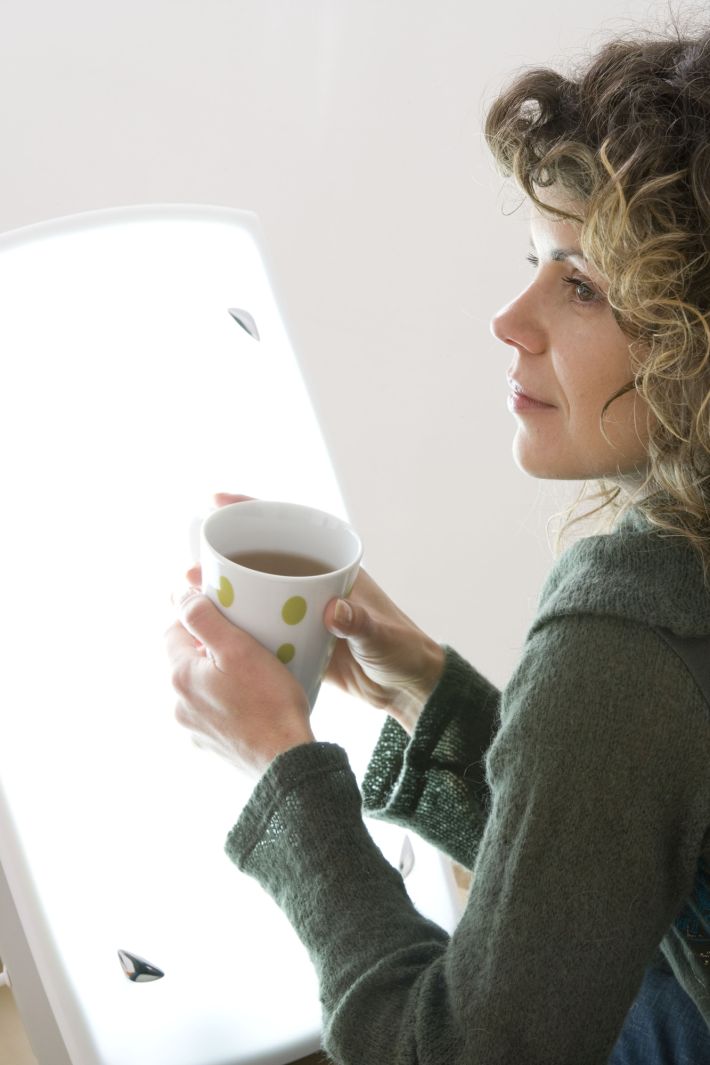
Seasonal affective disorder (SAD) or winter blues have previously been covered in a previous podcast and article. At least 6% of Americans are affected by SAD, and another 14% of the population suffers from a lesser form of seasonal mood changes — like the holiday blues.
As someone who thrives off natural light, I feel for those who suffer mental health issues when the days get shorter, the temperatures get lower, and the sun dimmer. Light therapy gives you some much-needed vitamin D and helps you work through symptoms of seasonal depression.
Light therapy above consists of a lamp or box typically composed of fluorescent lights and a plastic screen to filter out UV rays.
The bright light, usually at 2,500 to 10,000 lux, simulates sunshine which boosts melatonin, serotonin, and vitamin D. This therapy can be practised right in the comfort of your home without a practitioner.
6. EQUINE-ASSISTED THERAPY
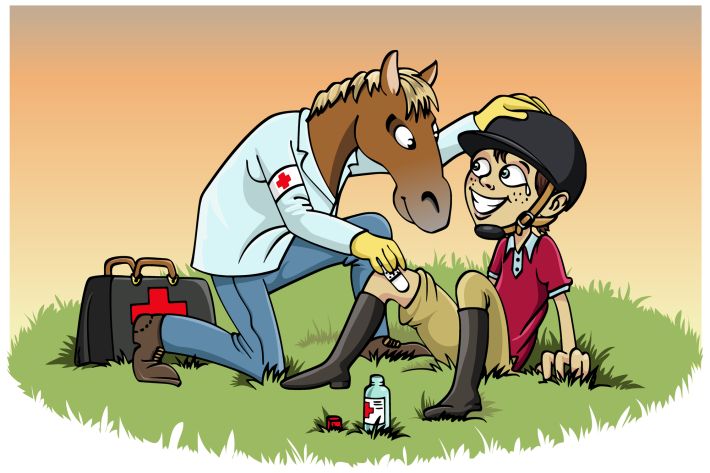
Equine assisted therapy, aka horse therapy, uses horses to help individuals navigate through emotional experiences. Through grooming, feeding, and leading horses, horse therapy assists patients in regulating their emotions and improving self-confidence.
Caring for the horse translates to learning how to care for yourself. The Equine Therapy Network provides resources for horse therapy in all 50 states. The Veteran’s Club in Kentucky welcomed returning and new veterans for their first equine therapy session last year.
The suicide rate among veterans is 1.5 times the national average, with approximately 20 vets dying by suicide daily, according to the Department of Veteran Affairs. The club provides resources to veterans to help improve their mental health and form a community after they return from the battlefield.
7. EYE MOVEMENT DESENSITISATION AND REPROCESSING (EMDR)
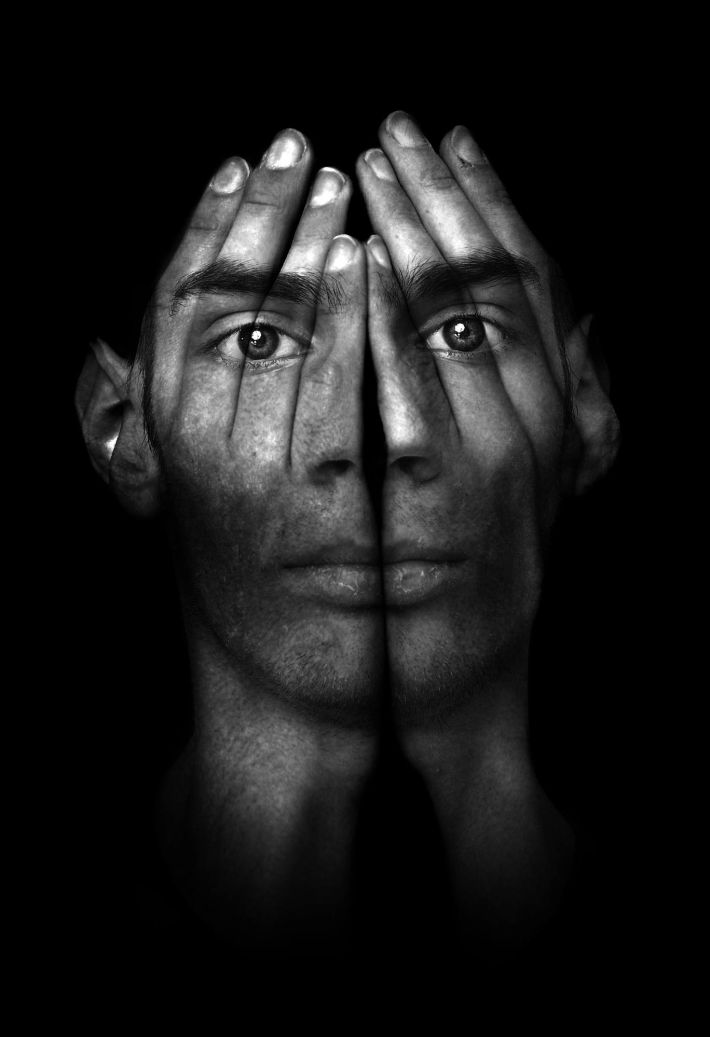
EMDR is used to decrease negative emotions associated with traumatic experiences. During EMDR, therapists will move their fingers side-to-side, and as you follow their finger with your eyes, you think of a traumatic event.
Engaging your five senses, this process modifies how your brain reacts to memories of that traumatic event. It changes how your brain stores trauma, which can decrease the pain caused by a harmful past experiences.
Suppose you’re experiencing trauma or having difficulty overcoming negative emotions caused by past troubles. In that case, the EMDR International association has a list of EMDR therapists that can assist you in overcoming these struggles.
That concludes the seven alternative therapies, but there are many more to choose from, like aroma or even massage therapy. You could add to this list further with treatments you found helpful, and place them in the comments section to add more value and interest.





